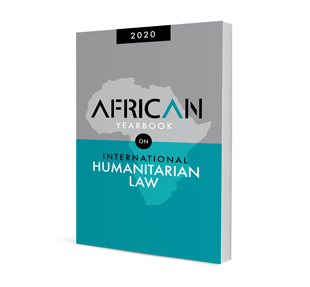
The killing fields of Matabeleland: An examination of the Gukurahundi genocide in Zimbabwe
Author: Siphosami Malunga
ISSN: 2521-2621
Affiliations: LLB (Zimbabwe) LLM (Oslo) PhD candidate (International Law) (Wits)
Source: African Yearbook on International Humanitarian Law, 2021, p. 1 – 45
https://doi.org/10.47348/AYIH/2021/a1
Abstract
This article examines the Gukurahundi atrocities committed in Matabeleland in the 1980s to determine whether they constitute the international crime of genocide. This article analyses the legal requirements – conventions, jurisprudence and scholarly writings regarding genocide – and assesses the Gukurahundi atrocities against these requirements. The first section is the introduction, which highlights some known genocides in history and provides an outline of the article. The second section comprises an overview of the crime of genocide and its prosecution before the ad hoc tribunals, while the third section unpacks the notion of the four protected membership groups. The fourth and fifth sections evaluates the physical and mental elements of the crime of genocide with the aid of the jurisprudence of the ad hoc tribunals as well as the International Criminal Court. The sixth, seventh and eighth sections apply the legal requirements and jurisprudence to the Gukurahundi atrocities. The ninth section provides some concluding observations, arguing that the Fifth Brigade of the Zimbabwe National Army committed genocide from 1983 to 1987 as envisaged under international law. In each section, the Gukurahundi atrocities are evaluated against legal requirements: conventions, jurisprudence and the work of leading scholars.